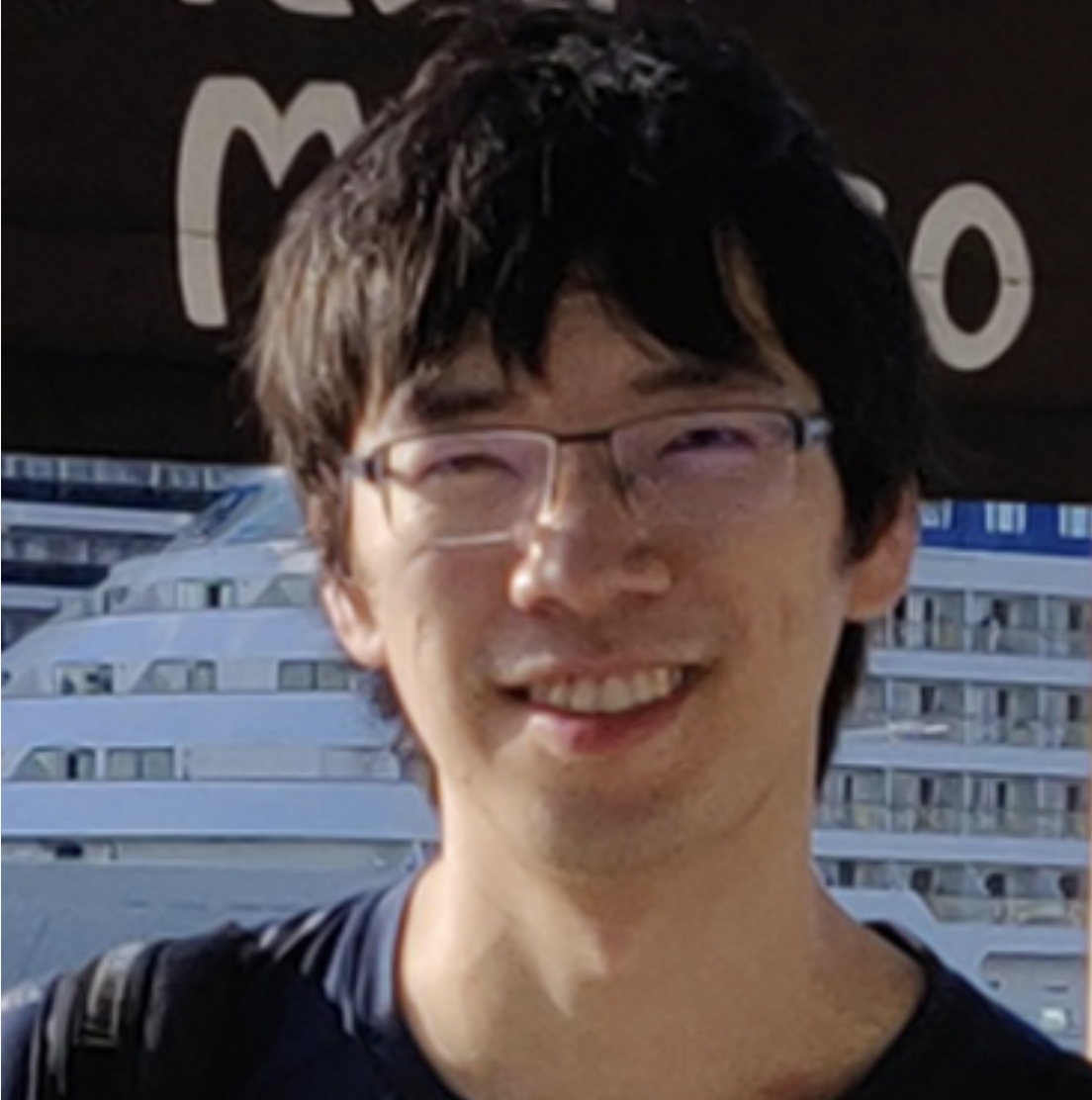Past Event: PhD Dissertation Defense
Jiaqi Li, PhD Candidate, Oden Institute
11 – 12PM
Tuesday Apr 9, 2024
POB 6.304 & Zoom
The Discontinuous Petrov-Galerkin (DPG) method is a novel finite element technique and has been developing rapidly in recent years. It admits the interpretation of a minimum-residual method, where the residual is measured in a dual norm. Equivalently, DPG can be cast in a mixed problem framework. The residual minimization nature of DPG brings many advantages: a symmetric positive-definite stiffness matrix, discrete stability (inf-sup condition), and a posteriori error estimates.
The well-posedness of the mixed problem formulation for DPG relies on three facts: the operator is linear and bounded below, and the underlying spaces are Hilbert. However, for practical reasons, we want to extend the methodology of DPG to other scenarios: the operator could admit a nontrivial kernel and hence is not bounded below, the underlying spaces may be Banach, and the operator itself may be nonlinear.
The ultimate goal of this work is to simulate transonic flows described by the full-potential equation. As a stepping stone, we study the linearized problem, i.e., a div-curl problem in multiply-connected domains (potential flow over airfoils). When the domain is multiply connected, the operator is no longer bounded below, and additional line integrals have to be prescribed to obtain a well-posed problem. Incorporation of such integral conditions into the DPG framework constitutes the first part of this dissertation.
For singularly perturbed problems, e.g., convection-dominated diffusion, the numerical solution typically exhibits oscillations near boundary layers (Gibbs phenomena). Minimizing the residual in a Banach norm instead of Hilbert norms could reduce or eliminate the oscillations. Although the convection-diffusion equation is linear, the resulting mixed problem will be nonlinear, and the second part of this dissertation is devoted to studying this problem.
If the variational problem itself is nonlinear, then the mixed problem derived from residual minimization will inherit the nonlinearity. The last part of this dissertation examines residual minimization of nonlinear problems. We adopt the framework of optimal control with PDE constraints, and introduce the Lagrangian to derive the differential of the reduced cost functional. After choosing a trial norm, the differential can be replaced with its Riesz representation, the gradient. Hereafter, a gradient-based approach can be used to minimize the residual. In particular, we study the steepest descent method and prove that it generalizes the Gauss-Newton approximation, a mainstream tool to solve nonlinear problems with DPG.
Theoretical work presented in this dissertation is supported with extensive numerical experiments. Uniform and adaptive mesh refinements are performed, and problems with singularities are studied. In particular, I simulate a non-lifting flow around a NACA 0012 airfoil and the numerical results align perfectly with the reference solution.
Jiaqi Li obtained a B.Eng. in Engineering Mechanics from Tsinghua University in 2017. He joined the CSEM program in the same year, and earned a M.S. degree in 2020. Jiaqi has been a Teaching Assistant for first-year CSE math classes for several years and enjoys teaching.
